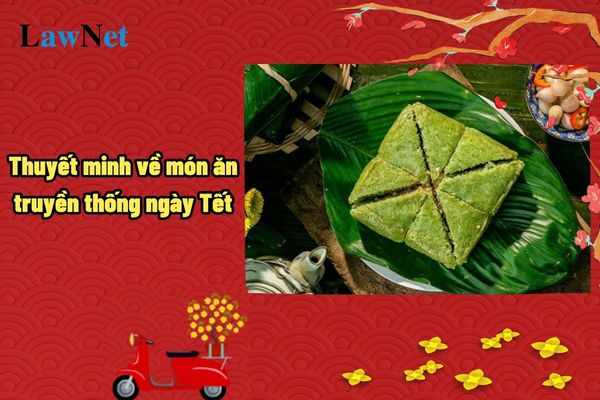Is 2025 a leap year? What are the sample explanatory essays on traditional Tet dishes in Vietnam?
Is 2025 a leap year?
For a year to be considered a leap year in the Gregorian calendar, it must be divisible by 4. However, the year 2025 is not divisible by 4, so 2025 is not a leap year in the Gregorian calendar.
However, 2025 is one of the leap years in the Lunar calendar.
A leap year is a year with an adjustment in the number of days or months compared to regular years. Specifically:
- Gregorian calendar: A leap year has 366 days, with February having 29 days instead of 28.
- Lunar calendar: A leap year has an additional month, commonly referred to as a leap month. However, this leap month does not have a unique name and is duplicated with one of the months from January to December.
In 2025, it is a leap year in the Lunar calendar and will have a leap in the month of June. This means we will experience two June months in the Lunar calendar instead of one. The Lunar leap month of June will start from July 25, 2025, to August 22, 2025 (Gregorian calendar).
Note: Information is for reference purposes only.

Is 2025 a leap year? Traditional Tet dish explanation sample? (Image from the Internet)
What are the sample explanatory essays on traditional Tet dishes in Vietnam?
Below are sample explanatory essays on traditional Tet dishes in Vietnam:
|
Sample explanatory essays on traditional Tet dishes Chung cake Chung cake, a dish that has been associated with the Lunar New Year for ages, is not just an ordinary dish but also carries deep cultural and family affection meanings. Sample 2 Steamed momordica glutinous rice, with its vibrant red color, is an indispensable dish on the Tet banquet table of Vietnamese people. Not only visually appealing, Steamed momordica glutinous rice also signifies wishing for luck and prosperity for the new year. Sample 3 Raised pork belly in coconut water, a familiar and beloved dish in every Vietnamese family, especially during the Lunar New Year. Its rich flavor and attractive appearance have become an indispensable symbol on the Tet dining table. |
*Note: Information is for reference purposes only./.
What are the requirements for assessing 9th-grade students in Vietnam?
According to Article 4 of Circular 22/2021/TT-BGDDT, the requirements for assessing 9th-grade students in Vietnam include:
- Conduct assessment based on requirements under formal education program.
- Conduct assessment while ensuring accuracy, integrity, fairness, honesty, and objectivity.
- Conduct assessment via multiple methods, forms, techniques, and tools; combine regular assessment and periodic assessment.
- Conduct assessment for student’s improvement; prioritize motivating and encouraging efforts of students in training and learning; do not compare students with one another.

